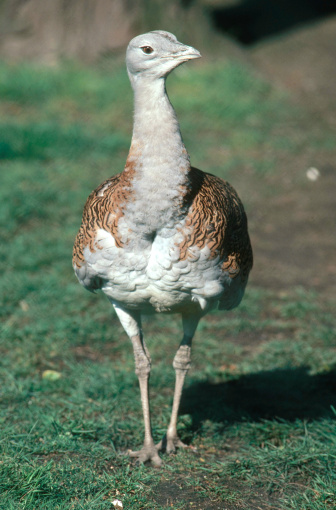Jul 11, 2025
Jul 11, 2025

 Among the four listed Indian species is the Great Indian Bustard (GIB) that has been on threatened list of IUCN and yet no significant efforts were made for its conservation and revival. The GIBs lost out to human greed for land, trade and hunting and, of course, apathy and neglect towards their habitat despite their being declared endangered. They have become so rare that not many of us have ever set eyes on any of them.
Among the four listed Indian species is the Great Indian Bustard (GIB) that has been on threatened list of IUCN and yet no significant efforts were made for its conservation and revival. The GIBs lost out to human greed for land, trade and hunting and, of course, apathy and neglect towards their habitat despite their being declared endangered. They have become so rare that not many of us have ever set eyes on any of them.  Dr. Asad Rahmani, a leading ornithologist and Director of Bombay Natural History Society, happened to have observed, “Karera Wildlife Sanctuary was established mainly for the Great Indian Bustard in 1981. Now it has got DFO, Forest Rangers, foresters and Forest Watchers but there are no Bustards”.
Dr. Asad Rahmani, a leading ornithologist and Director of Bombay Natural History Society, happened to have observed, “Karera Wildlife Sanctuary was established mainly for the Great Indian Bustard in 1981. Now it has got DFO, Forest Rangers, foresters and Forest Watchers but there are no Bustards”.
14-Oct-2012
More by : Proloy Bagchi